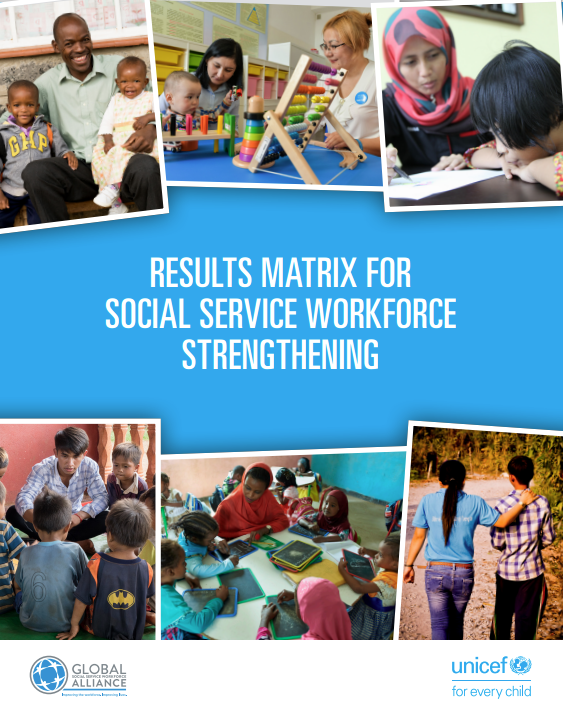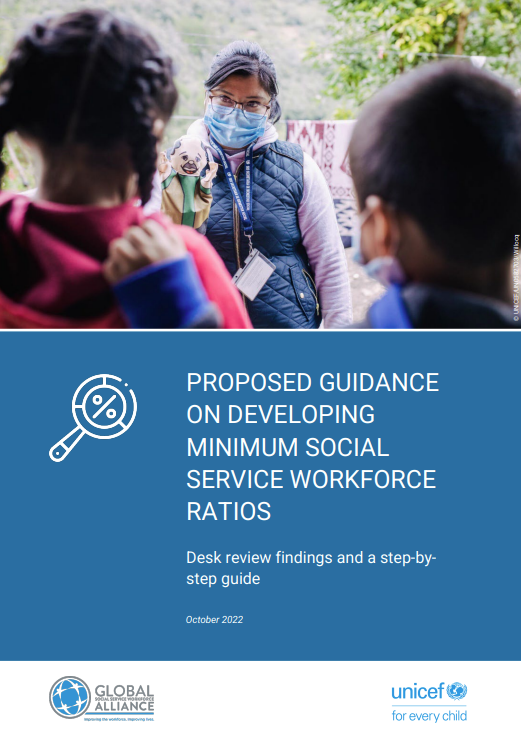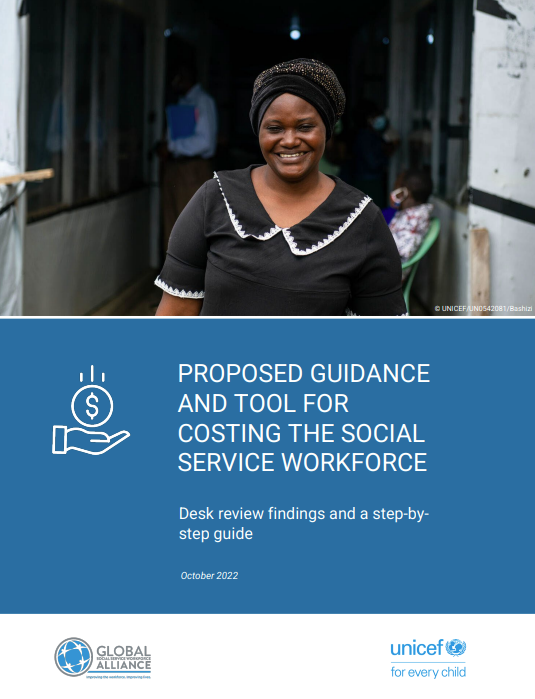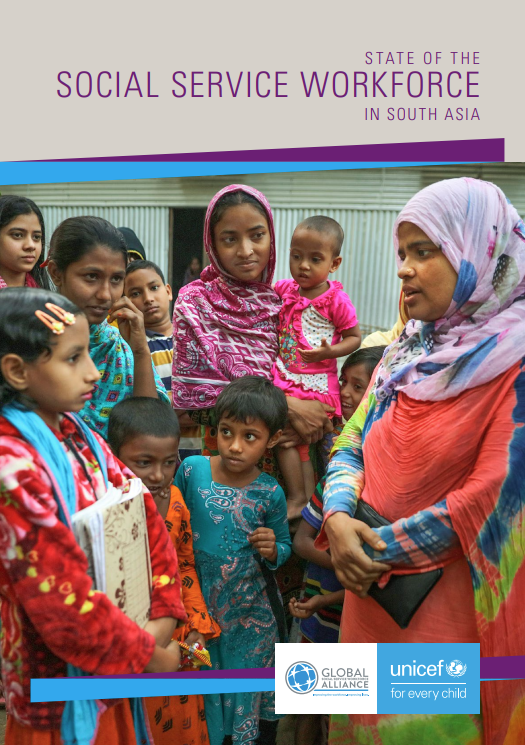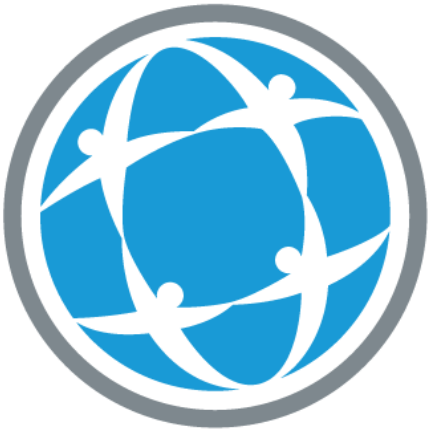Planning the Social Service Workforce
Home » Social Service Workforce » Strengthening the Workforce » Planning
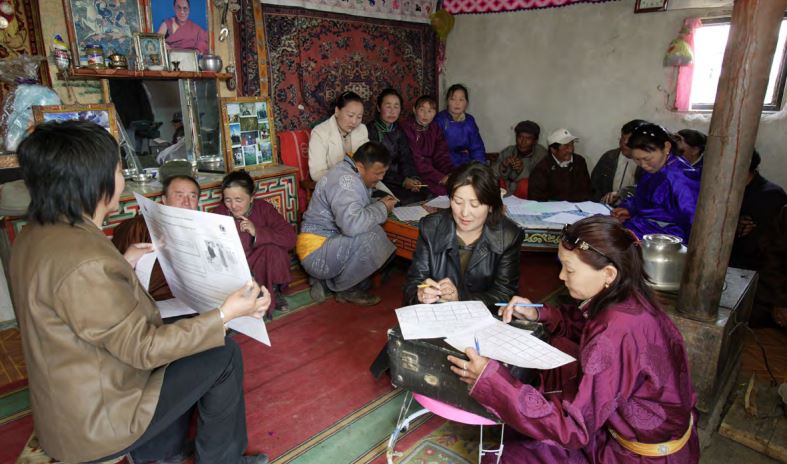
Our Social Service Workforce Strengthening Framework outlines three core strategies for strengthening the social service workforce—planning, developing and supporting the workforce. To ensure the adequate provision of resources and skilled personnel, strategic approaches to plan the workforce must be taken.
Adopt a strategic approach to planning the social welfare workforce
- Identify human resources requirements and costed plans to carry out national legislation and policy for meeting the needs of highly vulnerable children.
- Determine the current composition of the social service workforce (e.g., numbers and distributions).
- Carry out periodic workforce assessments to identify gaps in human resource requirements.
- Promote appropriate workforce realignment and task shifting among different cadres of social workers and through decentralization of appropriate social welfare responsibilities.
- Create stronger, effective links with the social service workforce education and training system to address future workforce needs.
- Strengthen mechanisms and capacity for financing, accountability and producing costed plans.
Collect and share human resources data and promote data-driven decision making
- Build and strengthen Human Resources Information Systems (HRIS)– Bring key stakeholders together to identify where sound social service workforce data exist, discuss gaps and shared data needs and agree on requirements of an HRIS.
- Establish and use common definitions and functions across multiple disciplines (e.g., social worker, community worker, para-social worker, social work assistant).
- Set up systems for monitoring progress to create a feedback loop for future planning.
- Determine costs and budgets for utilizing useful technological resources to share timely and accurate data and information.
Improve recruitment, hiring, and deployment practices and systems that take into account urban, peri-urban, and rural areas and decentralization plans
- Recruit individuals into various certificate, diploma and degree social work education/training programs.
- Use a competency model to develop clear job descriptions for social service workforce cadres.
- Establish fair, transparent, and efficient practices for recruiting, hiring, and promoting for social workers and para-social workers and others in the social service workforce.
- Create or strengthen systems for hiring and deploying social workers to underserved areas; engage community leaders in helping to transition new social workers into their work.
Build alliances and coalitions to strengthen leadership and advocacy among broad range of stakeholders
- Advocate for intra-ministerial dialogue and coordination at central and district levels to generate the political will, legislative frameworks, and resource allocation to strengthen and support the social service workforce.
- Develop a national advocacy agenda for the social service workforce, identifying the roles and responsibilities for government and non-government, national and local stakeholders in efforts to implement the agenda. This includes advocating to emphasize of the work, and for increased financial commitments to the social welfare system.
- Solicit input from the social service workforce and the communities that they serve to link the formal and informal practices and system more closely together, and to contribute to national and local advocacy agendas and social service workforce strengthening strategies.
- Identify champions and leaders who are willing and able to work together to advocate for needed change.
Alliance resources related to planning the social service workforce
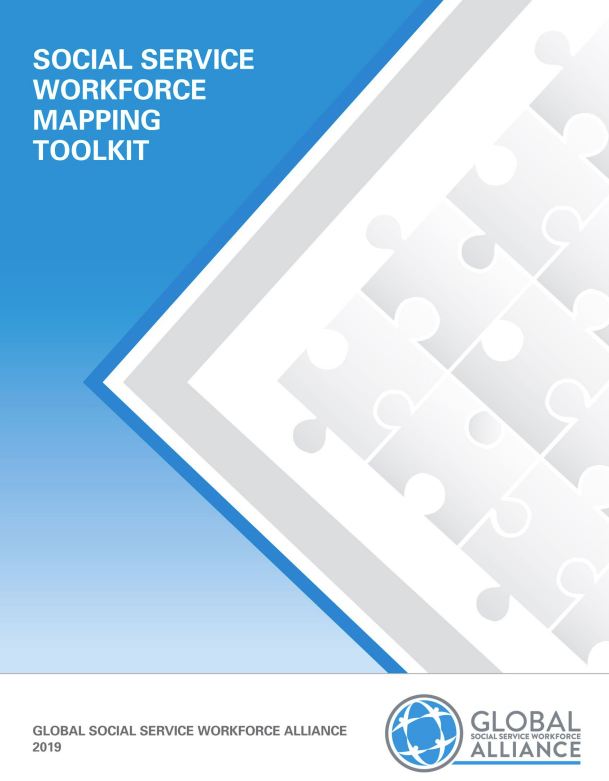
Social Service Workforce Mapping Toolkit
This toolkit serves as a step-by-step guide for completing a national social service workforce mapping process. It packages tips, key considerations, sample tools, terms of reference and other guidance. As a result of completing this mapping process, groups will have data and information about the current status of the social service workforce in their country and will be better able to identify recommendations and strategies to improve the workforce going forward.
Results Matrix for Social Service Workforce Strengthening
This results matrix, developed in collaboration with UNICEF, is meant to guide the measurement of progress toward strengthening the social service workforce. Measuring progress against the specified indicators can help increase understanding of the impact of efforts to strengthen the social service workforce and of areas that need more attention. This matrix is a companion piece to the Guidelines to Strengthen the Social Service Workforce for Child Protection and aligns with the Social Service Workforce Mapping Toolkit.
Proposed Guidance on Developing Minimum Social Service Workforce Ratios
Establishing a minimum social service worker to population ratio and allocating resources for workforce development and support will help enable equitable access to quality social services for all. This guide aims to serve as a step-by-step guide for estimating minimum workforce ratios at the country level or for a specific local context. This guidance can be used in correlation with our Proposed Guidance for Costing the Social Service Workforce.
Proposed Guidance for Costing the Social Service Workforce
Adequate investment in the social service workforce ensures that people in need can receive social services that are of sufficient quality. The guidance advises policy makers and planners on how to calculate the costs of human resources required to meet a target minimum ratio of social service workers per population. This guidance can be used in correlation with our Proposed Guidance on Developing Minimum Social Service Workforce Ratios.
Regional Workforce Reviews
The Alliance has conducted workforce mapping assessments, in coordination with UNICEF, across three regions and 32 countries to allow countries to make data-informed decisions to strengthen their workforce. Our Regional Workforce Reviews summarize the status of the social service workforce in each region and identify challenges and opportunities for workforce strengthening. Each assessment was conducted using our Social Service Workforce Mapping Toolkit.

